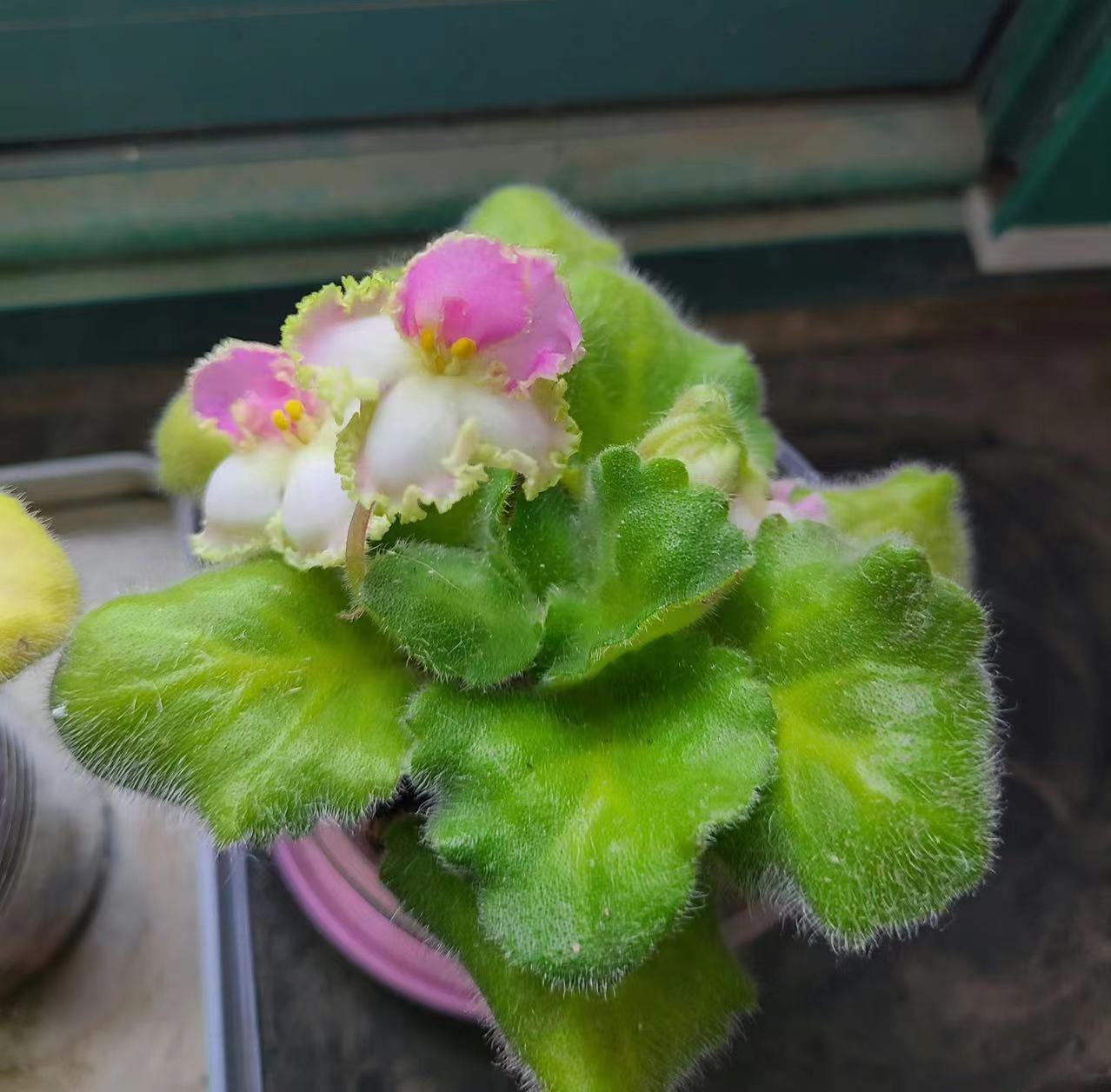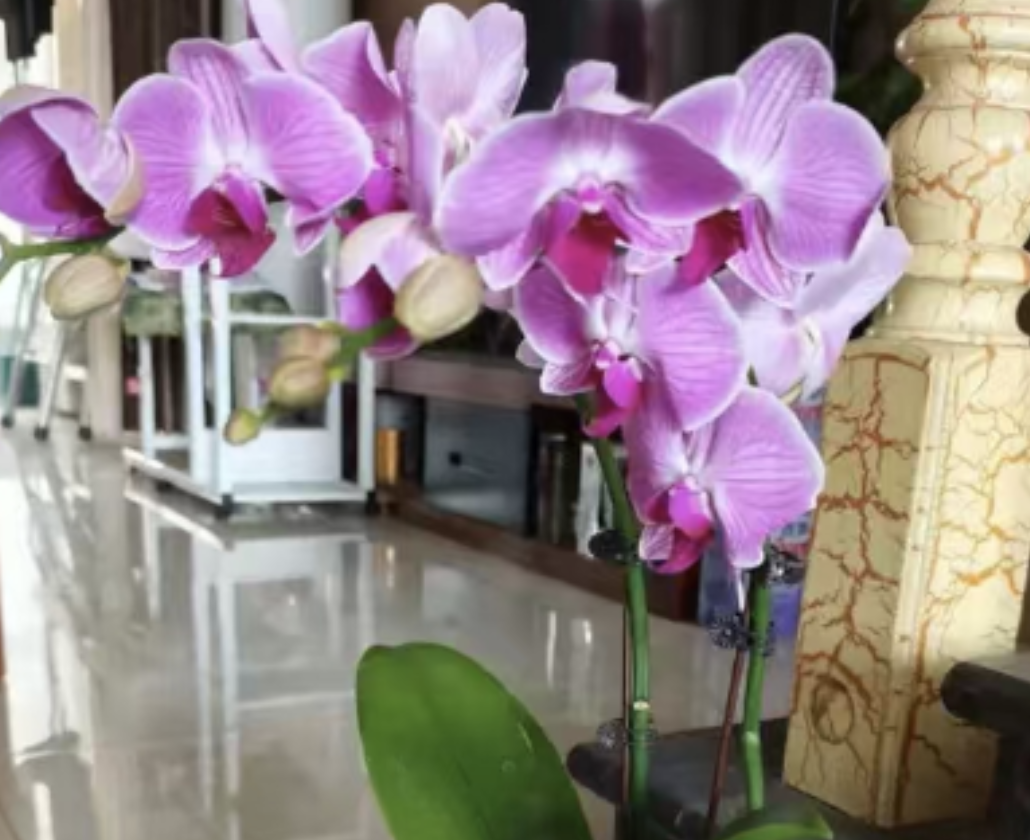Saintpaulia, also known as African Violet, is a perennial evergreen herbaceous plant belonging to the Gesneriaceae family. It has a small and exquisite plant shape, colorful flowers, and blossoms throughout the four seasons. It is one of the outstanding indoor potted flowers. Saintpaulia has various propagation methods, among which leaf cutting is a commonly used and effective one. Meanwhile, in the hot summer, how to properly care for Saintpaulia is also the key to ensuring its healthy growth and continuous flowering.
Leaf cutting of Saintpaulia is a common and effective propagation method. Select healthy, mature, and pest-free leaves. It is best to choose them from the middle and lower parts of the plant. The leaves should be complete and have good growth points. The substrate for Saintpaulia cutting requires looseness, breathability, and good drainage. You can use a certain proportion mixture of vermiculite, perlite, and peat soil.
Before use, the substrate should be disinfected to reduce the risk of pathogen infection. Carefully cut the selected leaves from the base of the petiole, taking care not to damage the leaves and growth points. Then, place the leaves in a cool and ventilated place to dry the wounds, which usually takes 1-2 days.
Obliquely insert the leaves with dried wounds into the prepared cutting substrate, with the insertion depth about 1/3 to 1/2 of the leaf length. Pay attention to keeping the growth point of the leaves facing upwards to avoid inversion. After cutting, gently compact the substrate to make the leaves closely contact the substrate. The cut Saintpaulia should be placed in a cool, ventilated place with scattered light for maintenance.
Keep the substrate moist but without water accumulation to avoid leaf rot. Generally, after 2-3 weeks, the leaves will take root and sprout. When the new seedlings grow 3-4 true leaves, they can be transplanted and potted.
Summer requires special attention and care for the maintenance of Saintpaulia. Saintpaulia likes a warm environment, and the suitable growth temperature is 18-24℃. When the temperature is too high in summer, it will affect the growth and flowering of Saintpaulia. Therefore, in summer, pay attention to taking cooling measures. You can place Saintpaulia in a well-ventilated indoor area with air conditioning or spray water around the plants to cool them down.
Saintpaulia has low requirements for light and prefers scattered light. The sunlight is intense in summer. Avoid direct sunlight, otherwise, the leaves are easily burned. You can place Saintpaulia on the windowsills or balconies facing east or west to receive the morning and evening sunlight, or use shading nets for shading to provide suitable light conditions for it.
The temperature is high in summer, and the water evaporation is fast. The water demand of Saintpaulia also increases accordingly. But pay attention to controlling the amount of watering to avoid water accumulation causing rotten roots. Generally, water once every 2-3 days, and water thoroughly to keep the substrate moist but not overly wet. At the same time, frequently spray water around the plants to increase the air humidity, which is beneficial to the growth of Saintpaulia.
Summer is the growth peak season for Saintpaulia and requires appropriate fertilization. You can apply a thin liquid fertilizer once every 1-2 weeks, such as decomposed organic fertilizer liquid or special flower nutrient solution. When fertilizing, pay attention that the concentration should not be too high to avoid burning the roots.
Leaf cutting of Saintpaulia is a simple and feasible propagation method. As long as you master the key operation points, you can successfully propagate new plants. When maintaining Saintpaulia in summer, pay attention to controlling temperature, light, watering, fertilization, and pest control to create a suitable growth environment for it.
The Method of Leaf Cutting for Saintpaulia

Share with
Tagged in :




Leave a Reply